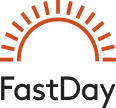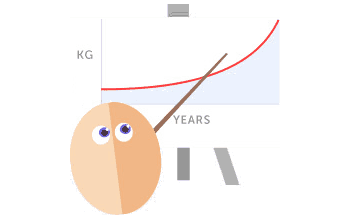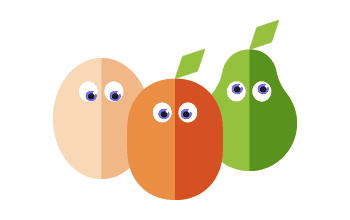kencc wrote: @Juliana.Rivers
Another way of looking at Pritikin ... the guy who wrote it was at high risk of cardiac problems so its a blitz attack program on anything linked to possible causes of increase in these risks. Examples ... very limited salt - Caucasian Americans are probably at much lower risk from high salt than African Americans but the diet is low salt for everyone (not that high salt is of any benefit to Caucasians) ... no egg yolks - the majority of us are at low risk from one or two egg yolks a day; but there's a measurable minority that are at higher risk. Therefore if you don't know whether or not you're in a higher risk group and you want the lowest risk of cardiac problems then strictly follow the blitz approach of the original pritikin. I think the updated pritikin is a bit more relaxed over things.
On the low fat issue (pritikin about 10% of total calorie intake). I think the average American diet fat intake at 35% hasn't changed much over the last few decades and overall is still just within the suggested 20% to 35% range. However that 35% breaks down into 15% nutrient-rich oils and 20% very-nutrient-poor 'solid' trash fats (saturated fats in meat, butter, etc and all the added toxic stuff like trans fats). Therefore pritikin, by excluding all the trash fats and only allowing nutrient-rich fats might be labelled low fat but at 10% still provides a reasonable amount of the essential fats not much lower than the current intake of the average American. The average American then 'wastes' 20% of his calorie intake by consuming all the useless very-nutrient-poor trash fats which add no nutritional value to the diet.
Similarly the average American 'wastes' another 15% of calorie intake on added trash sugars in sodas, processed food etc which add no nutritional value to the diet.
So, if you add in useless calories from alcohol, probably about 40% of the average American's calorie input has no nutritional value. Something like the original pritikin diet has perhaps around 100% of calorie intake composed of calories associated with high nutritional vale.
I'll keep my opinion about Pritikin's to myself, but I will say that when I experimented with 'clean' eating, I began eating a low fat diet (around 10% and that fat was coming from nuts and seeds, evoo etc). I began having side effects and my hair started falling out and my period stopped. I was already in semi-maintenance at this point, so I wasn't eating a very low calorie diet (which can also be a culprit for these problems). It was such a concern that I ended up talking to my doctor and he figured out what was going on. It was at this point that I abandoned my clean eating experiment and started eating a higher fat diet again, with 'junk' added back in, and my period came back and hair stopped falling out. Just something to be aware of, if you're eating a low fat diet. No matter what way of eating we decide to follow, it's really important to listen to the signals our body's are giving to us, and to adjust as needed







